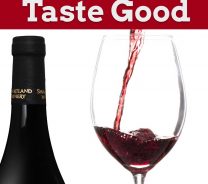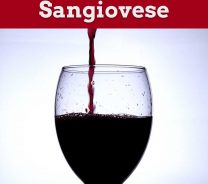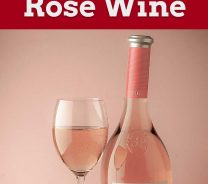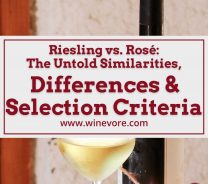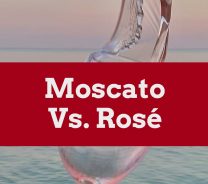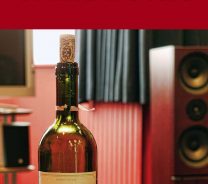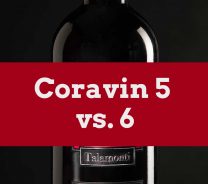Chardonnay vs Champagne
Last Updated on August 1st, 2023
Reader Disclosure Disclosure: We may earn commissions for purchases made through links on our site. Learn more on our about us page.Entering into the spring season, warmer weather events require a cool beverage to keep the guests in good spirits and refreshed. This can take the form of a nice, chilled wine, with a bit of creativity in how to serve the beverage, but also to keep it chilled can be worth the effort.
Chardonnay is a rich, elegant wine with notes of fruitiness and buttery flavor; chilled between forty-eight and sixty degrees will be the optimal temperature to be served at.
Champagne is known for being a solid choice for celebrations, even dating back to New Year’s Eve parties from the earliest days of the United States, and if to be chilled, be sure to have it between forty-three- and forty-eight degrees Fahrenheit.
What are the Similarities?
The clearest to the naked eye similarity will be the fact that both of these vintages are of the white wine variety.
Each will have some sweet notes of fruitiness, which can be beneficial in certain deserts of sweet-based dishes, as well as for a refreshing beverage for celebrations or desserts.
Each of these wines has heritage roots in France, along the river Rhine, but are now grown worldwide in various climates, altitudes, and environments.
Each is going to be a solid choice for celebrations, though it might be for different situations throughout the events and planned meals.
What are the Differences?
Differences start with taste. You will find that Chardonnay is more of a mealtime wine with rich complimentary flavor notes and that champagne is sweet, best served during celebrations, and as a dessert wine.
Champagne will have that crisp tart green apple flavor, while Chardonnay will have some of that apple tart, along with a rich buttery quality with hints of vanilla.
The winemaking process could not be more contrasting, meaning that champagne follows a strict traditional procedure and recipe.
While Chardonnay has become versatile in the various means by which the wine is created. But, quite possibly, the most obvious difference will be in the bubbliness found in champagne, which is not found in Chardonnay.
Pros and Cons: Chardonnay vs. Champagne
One of the major pros for champagne is the celebration effect that is associated with this bubbly concoction, known for being the beverage choice for United States New Year’s Eve celebrations or mimosas.
The con will be the limitations of the dessert wine, which might not be the best for cooking with when compared to the rich flavors of Chardonnay.
The white wine from France is rich in tannins, fruitiness, and a buttery effect, which is fantastic for cooking with. The con will be how long a person must wait for the aged barrel varieties with large tannin contents.
Which Wine is More Versatile?
Here is going to be a three-part comparison, starting with the winemaking processes, which start with the strict nature of the champagne vintage.
In stark contrast, Chardonnay has many different processes and winemaking steps that change the flavor notes enough for a new experience from each bottle.
After that, we look at the flavor palette, in which champagne is limited to its sweet, bubbly form, and Chardonnay will have multiple varieties that complement the traditional white wine grape.
Last, when cooking with either of these wines, it will be limited to certain dishes, meaning that champagne will be best served with and as a part of dessert dishes, while Chardonnay can be used for brunch meals until meals in the evening hours of the day.
Which one has More Tannins?
When you think about champagne, hardly does it include thoughts of tannins or organic matter being in the beverage. In some winemaking processes, companies will filter the champagne to remove any tannins that might be left over from the earlier steps.
The next process will be concerning Chardonnay, which will have certain winemaking directions that include storing and aging the liquid in order for it to collect flavor but also create certain flavors that sommeliers desire.
To put it into simpler terms, the buttery nature of Chardonnay will be the flavor that can help a wine enthusiast taste the difference in tannin levels.
Final Thoughts on Chardonnay vs. Champagne
When it comes to these two wines, be sure to take into consideration that these vintages are made for different purposes. Chardonnay is for a nice midday beverage, something to wind down with, but it also pairs well with foods from brunch to dinner time meals.
Champagne is going to be for celebrations, morning mimosas for Kentucky Derby race days, to stroke of midnight cork popping events on New Year’s Eve at Time Square in New York.
So when you are shopping for a nice vintage, keep this tip in mind to help you make the right choice.

